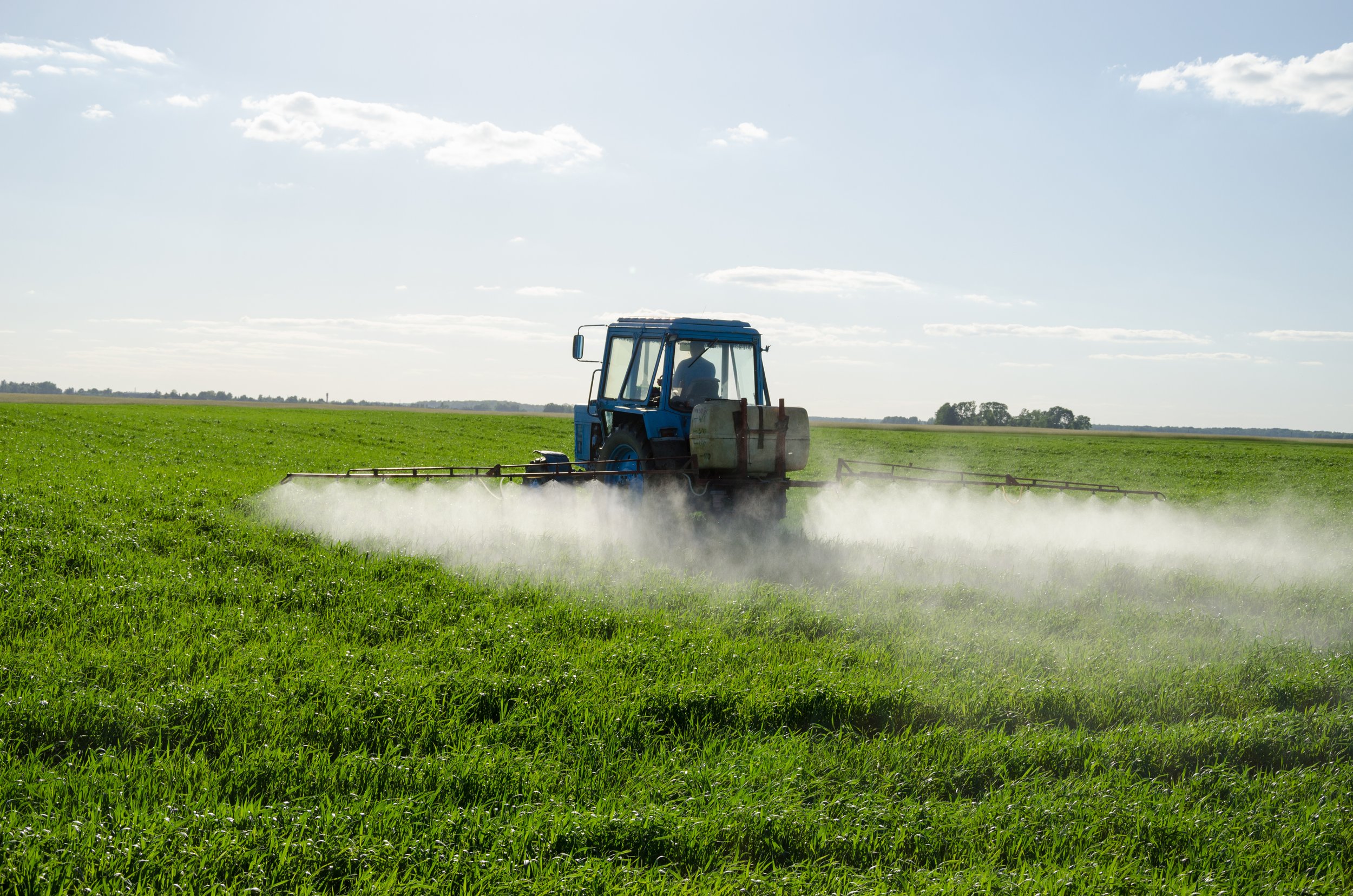PREPARE YOUR SITE
Site Prep Options Repeated Tilling Herbicide Smothering
Site Prep Options
Site preparation is a crucial step with two main goals: removing existing vegetation and “exhausting” the soil’s weed seed bank by causing weed seeds to germinate and then killing the young weed seedlings. It’s a waste of time, money, and plant material to seed or plant into existing vegetation, including lawn: new plants can’t compete with what’s already growing.
Three site preparation methods were used across the four pilot sites documented in this guide: repeated tilling, herbicide application, and smothering. All three methods create a clean seedbed - a soil surface that is free of both vegetation and weed seeds - ready for the installation of a seeded meadow or other planting.
Repeated tilling (left); herbicide application (center); smothering with silage tarp (right). Photos: PCA
| METHODS | PROS | CONS | TIMING | BEST FOR |
|---|---|---|---|---|
| Repeated Tilling (Stale Seedbed) |
Chemical and plastic-free option; suitable for large areas | May lead to erosion, spread of jumping worms or invasive plant root fragments; damages soil structure, soil carbon and soil biota | Full growing season, 2-5 rounds of tillage over 4-5 months | Flat sites, large-scale meadow projects |
| Herbicide |
Less damage to soil structure than tilling; will not spread invasives; works for large areas | Toxicity concerns; potential spray drift or impacts on non-target plants and animals | 1-4 applications 3-4 weeks apart; on existing vegetation | Areas with rhizomatous invasives; large-scale meadow projects; areas previously exposed to herbicide |
| Smothering (Tarping) | Chemical-free, low-impact option | Not feasible on large scale; difficult to recycle and creates plastic waste; ugly | Full growing season (5 months coverage) | Small spaces and lawn-to-meadow conversion |
PREPARING SMALL SPACES
Just as on larger scales, the two important components of bed preparation in small spaces like gardens are removing existing vegetation and exhausting the weed seed bank. Smothering is usually a good option for small spaces; you can use a small piece of tarp (or fold a larger one) and follow the tarping protocol above. Cardboard is easier to use on a small scale than a large one, so it’s a good, free, biodegradable choice for small beds. Repeated tilling can also be used to prepare small spaces, using a hand-powered rototiller instead of a tractor tilling implement. Small areas of turf can be removed with a turf cutter. Herbicide can also be used to kill lawn, usually with just a single application.



